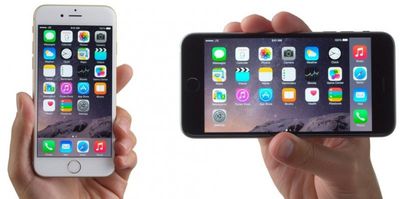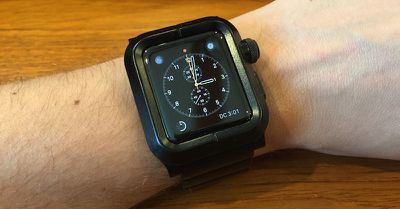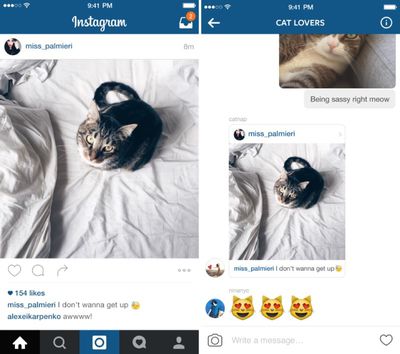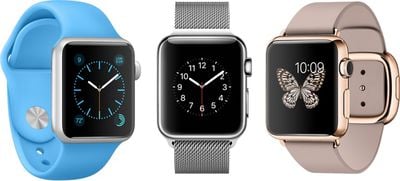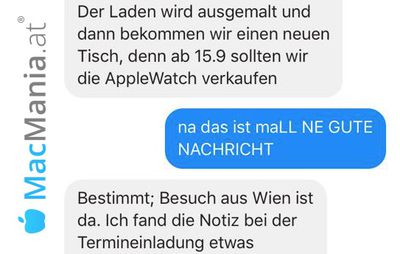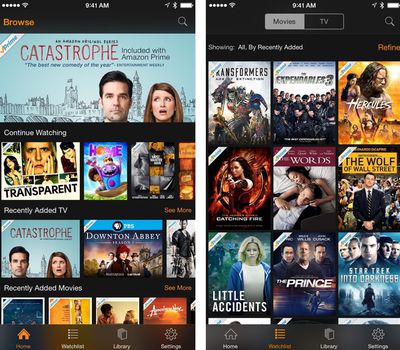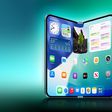In just a couple of weeks, Apple is going to make it ridiculously easy for Android users to switch to iOS with an upcoming app alongside iOS 9 called "Move to iOS." It will give Android users the ability to wirelessly migrate contacts, message history, photos and videos, web browser saves, mail, calendars, and more. Until then, we have to do these things manually.
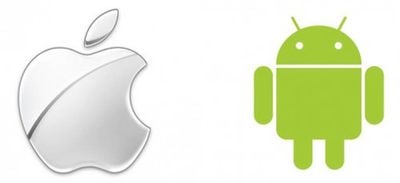
Luckily, it isn't difficult to switch from Android to iOS. It just takes a few extra steps to get all of the data you want from one device to the other. We've got a guide for helping you transition from Android to iOS as simply as possible.
Before following any of the instructions below, be sure to back up your Android device to ensure that you don't lose any important data in the event that something goes wrong during the migration process.
Transferring Contacts, Mail, and Calendars
Luckily, Google makes it incredibly simple for you to sync your email, calendar, and contact information across practically any device. So, if you've been on Android for long enough, chances are most of your data is easily available to sync on iOS.
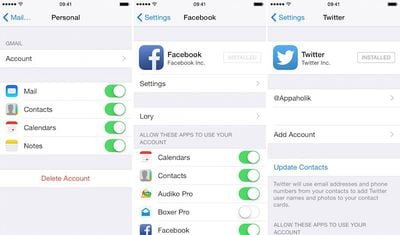
- Open the Settings app and tap Mail, Contacts, Calendar from the list of available options.
- Tap "Add Account." Then select Google from the list of available options.
- Enter the required information, including your email address, password, and description.
- When prompted, toggle the Contacts and Calendars switch to the on position.



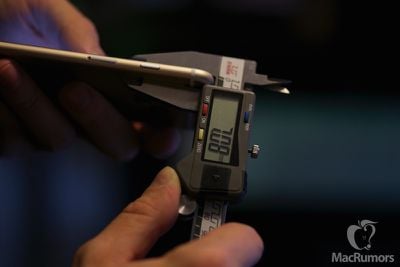
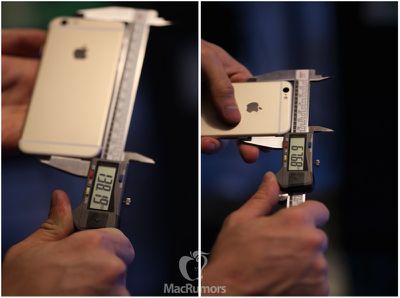
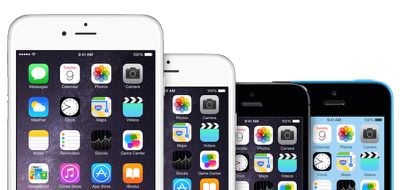
 Gazelle announced today that it is offering a
Gazelle announced today that it is offering a  NextWorth offers a similar trade-in service as Gazelle for the
NextWorth offers a similar trade-in service as Gazelle for the  Amazon runs a trade-in store where you can search for the iPhone model that you want to trade in and receive a price quote. After answering a few questions about the condition of the smartphone and entering your shipping address, you can print off a shipping label to mail the iPhone for free in exchange for an Amazon Gift Card.
Amazon runs a trade-in store where you can search for the iPhone model that you want to trade in and receive a price quote. After answering a few questions about the condition of the smartphone and entering your shipping address, you can print off a shipping label to mail the iPhone for free in exchange for an Amazon Gift Card.

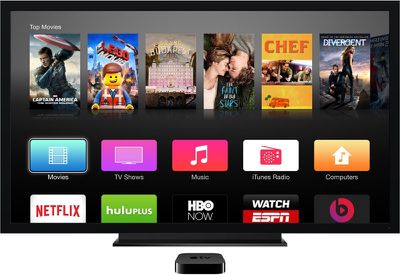
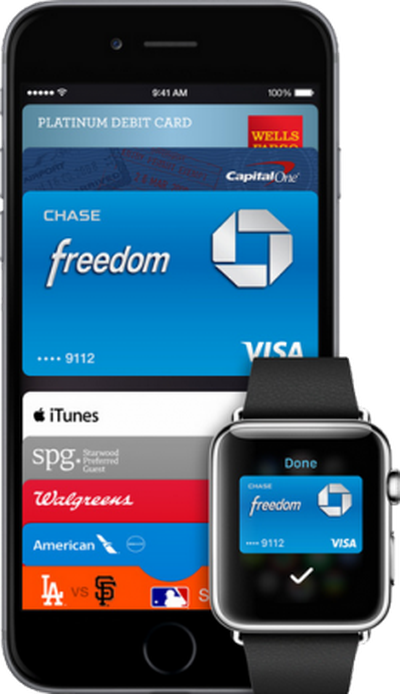 Apple updated its
Apple updated its 